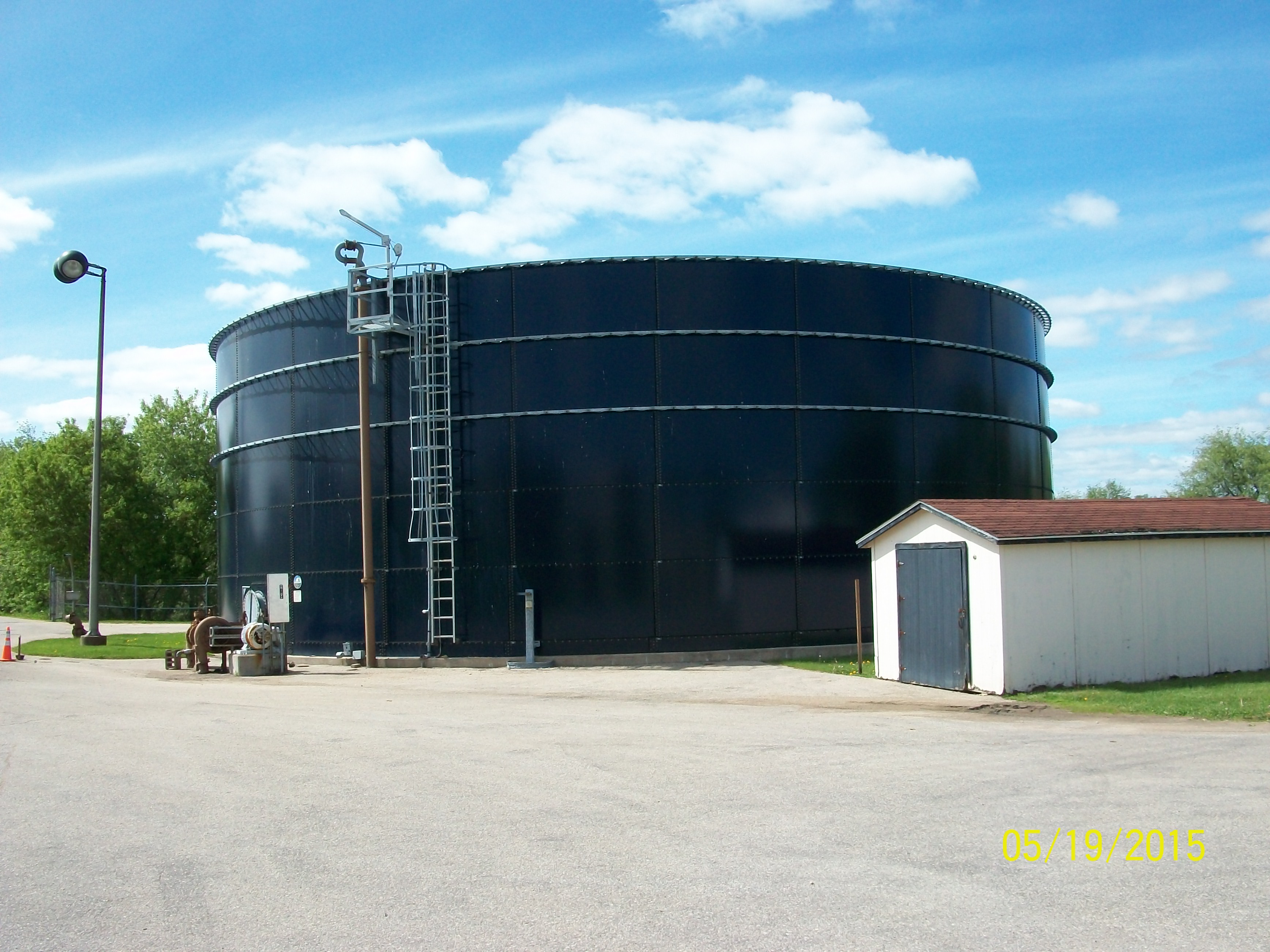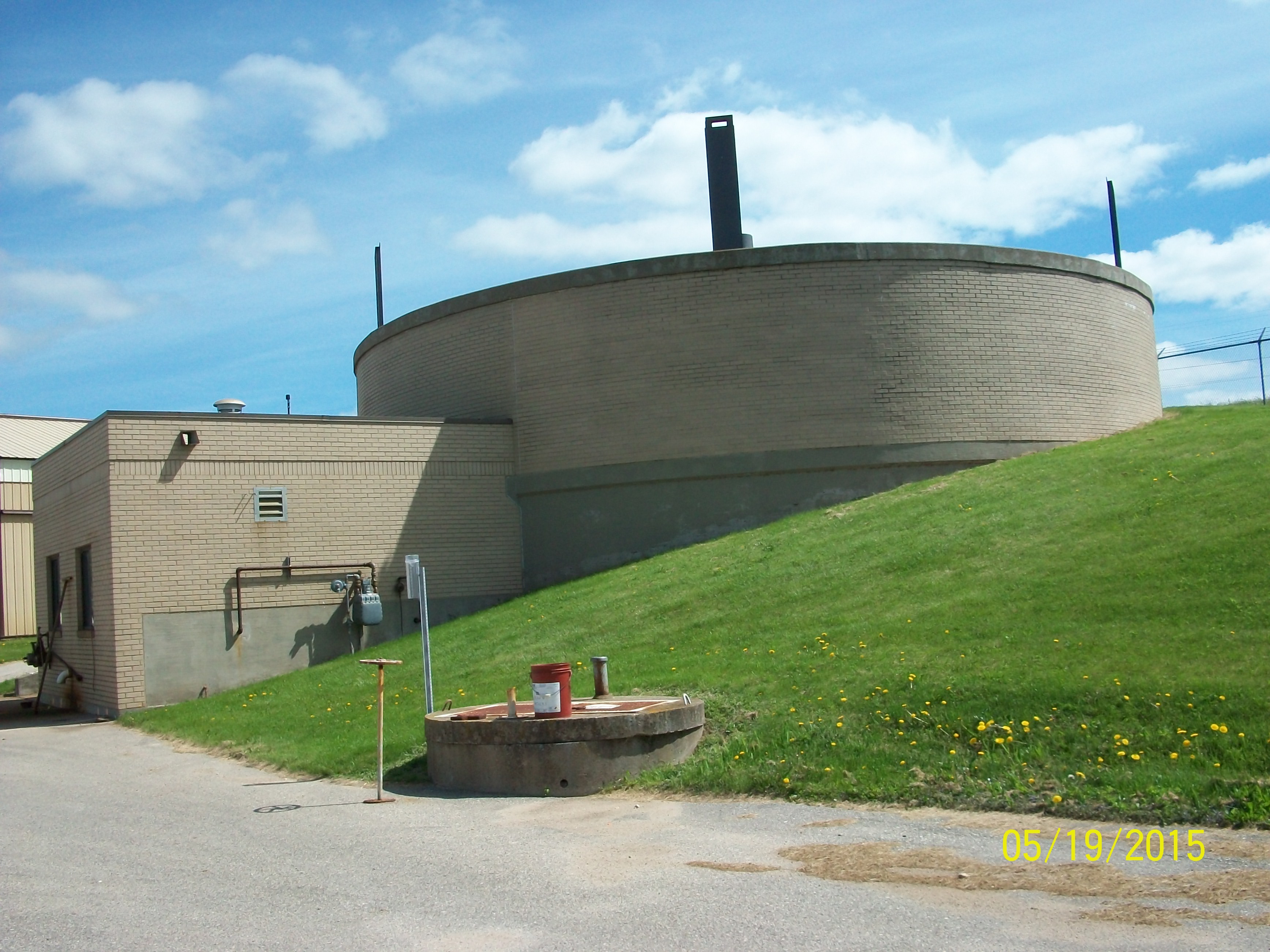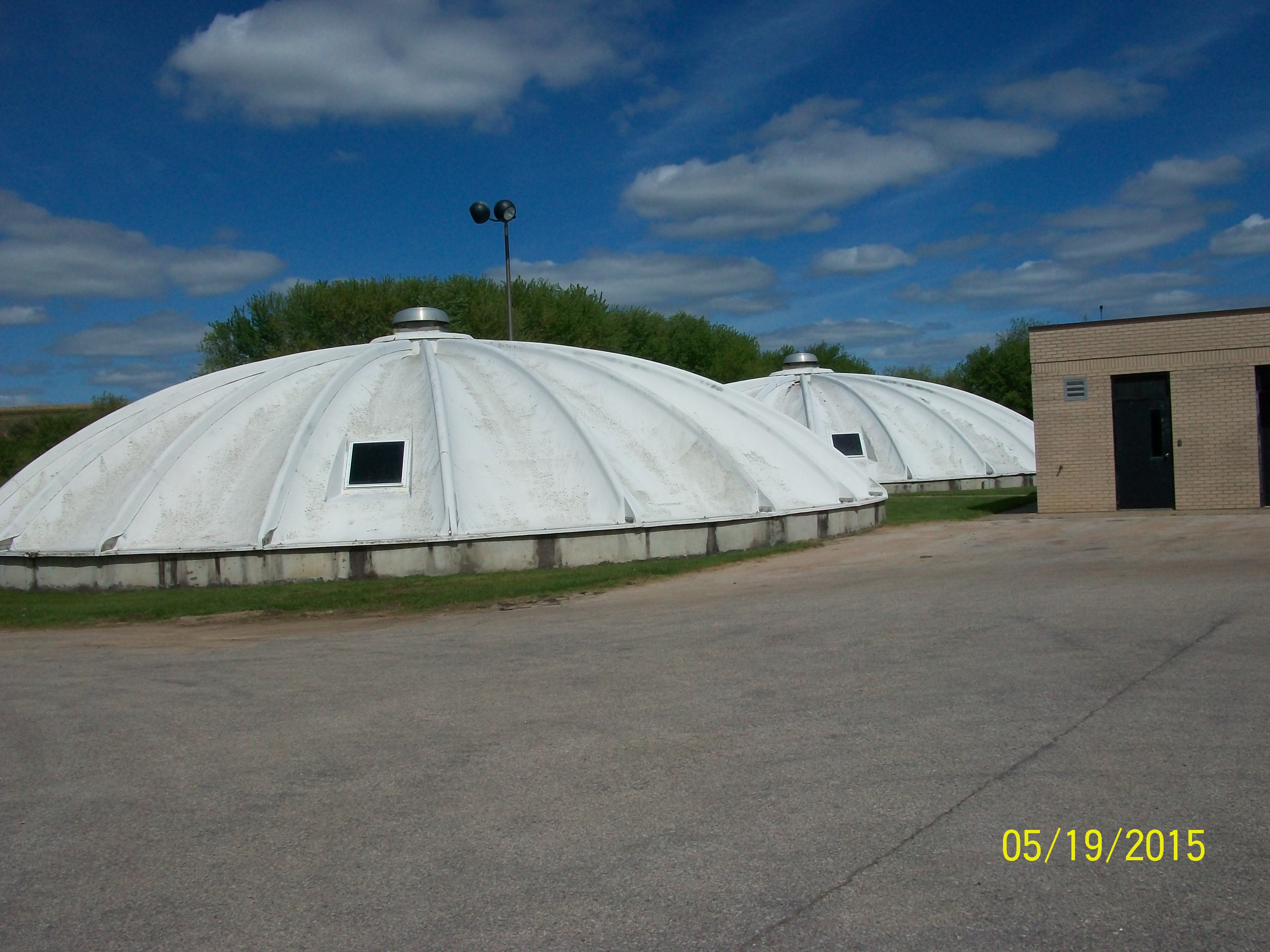Sewer Department
Viroqua Utilities also operates and maintains 34 miles of sewer mains, seven lifts stations and a wastewater treatment facility that biologically treats all wastewater from the utility customers. Viroqua Utilities is proposing a major facility upgrade to address aging infrastructure, the effluent outfall location and improve treatment capabilities of the wastewater treatment facility.
Wastewater Treatment Facility Upgrade
The City of Viroqua undergoing a $10.2 million wastewater treatment facility upgrade. The upgrade will address aging infrastructure, relocate the effluent outfall, increase treatment capabilities and improve energy efficient. The City will receive state and federal grant funding for up to $2.7 million of the project cost. The upgrade also required a sewer rate increase that took effect March 1st, 2016.
Wastewater Treatment Facility Upgrade
Railroad Avenue Sewer Project – Phase 1
The Railroad Avenue Sewer Project.
Railroad Avenue Sewer Project – Phase 1
Clearwater Inspections
Viroqua’s Wastewater Treatment Facility
- The raw, untreated wastewater flows through the Influent Fine Screen Structure where larger solids are removed, washed and compacted. The solids are augered into a plastic bag and disposed of as a common trash waste. The screened wastewater then enters the primary clarifiers, where smaller solids settle to the bottom of the tanks.
- Clarified primary effluent then flows to the activated sludge facilities located under the two fiberglass domes. The wastewater first enters the biological phosphorous remova BPR tanks where it is conditioned to release dissolved phosphorous.
- From the BPR facilities, the wastewater enters an aeration tank where the “activated sludge” microorganisms consume the released phosphorous and organics.
- The “mixed liquor” from the aeration tanks then flows into a final clarifier where the microorganisms settle to the bottom and are either returned to the aeration tank to continue digesting wastes or “wasted” to the anaerobic digester.
- Final clarifier effluent then flows to the ultraviolet disinfection system. The system uses ultraviolet light to inhibit the growth of pathogenic bacteria before the treated wastewater is discharged to the headwaters of the Springville Branch of the Bad Axe River.
General Inquiries and Billing
Cheryl Purvis, Utility Clerk608-637-8724
[email protected] Cindi Hamann, Deputy Clerk II, Utility Billing Clerk
608-637-7186 ext. 319 [email protected]
Sarah Grainger, DPW/City Engineer
608-637-2937
[email protected] Greg Marsh, Utility & Operations Supt.
608-637-8294
[email protected]


